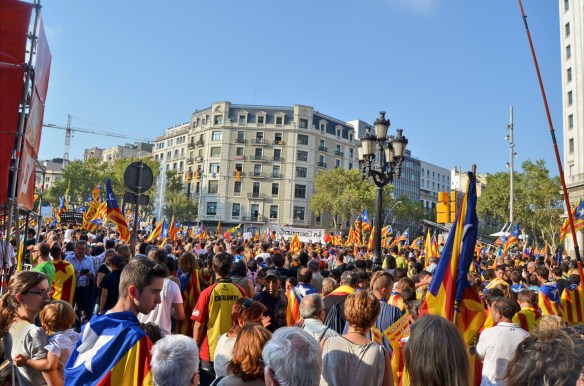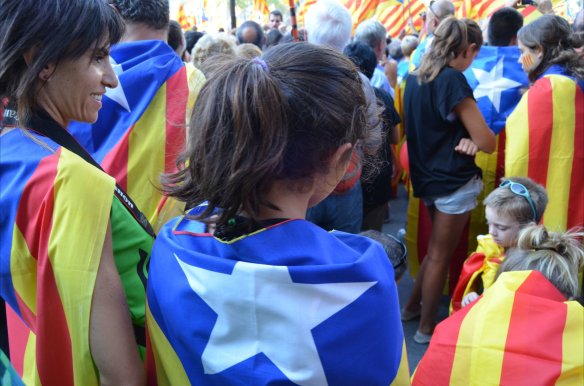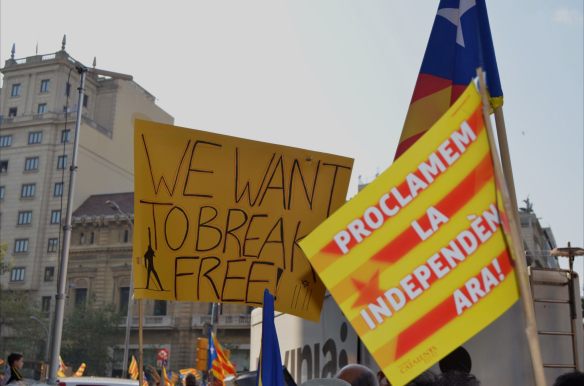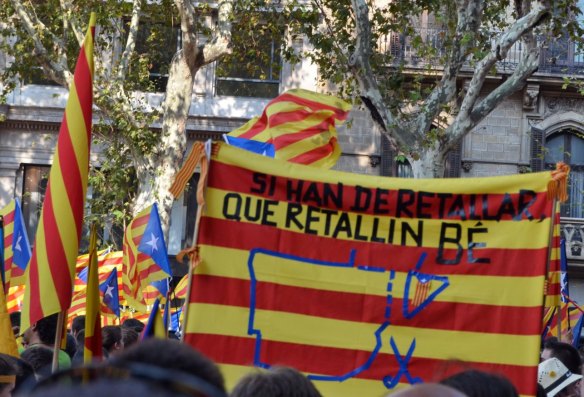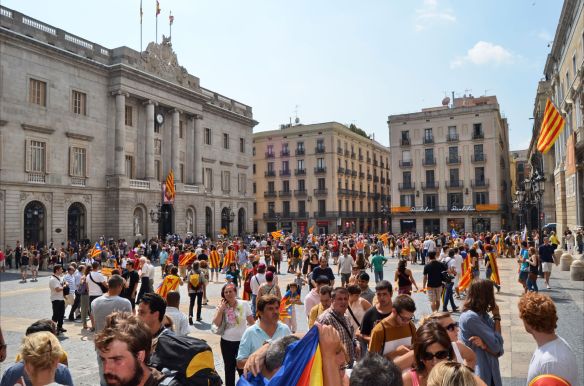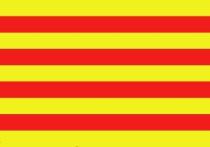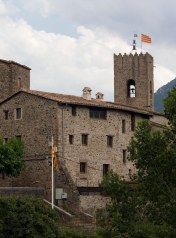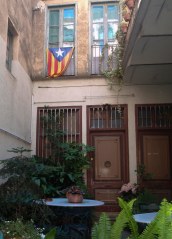I present to you: Anna Roig i L’ombre de ton chien (French for ‘Anna Roig and your dog’s shadow’). A wonderfully theatrical, humor-filled, catchy, sweet and amazingly talented group. The lead, Anna, is also the writer for the songs which are written in a mixture of French and Catalan. Her personality shines through in the quirky histories that take listeners into the minds of different invented characters as well as through Anna’s own memories. Their songs are playfully engaging on their own, but the videos are also well worth watching. This is certainly a band that would be hard to box into a single category as they seamlessly fuse jazz, pop, and other musical genres creating their own blend of musical goodness. And while I would describe them as an upbeat and positive group that is not to say that the emotional range here is limited. With songs like ‘Petons entre camions’ (‘Kisses Inbetween Trucks’) you will discover that they have a softer, melancholic side as well. So, enough with the lengthy descriptions, the best way to enjoy the music is to listen to it! >>>
Anna Roig i L’ombre de ton chien – ‘Red Mustache’
Anna Roig: vocals
Carles Sanz: keyboards/melodica
Magí Batalla: electric guitar
Carles Munts: bass/bass guitar
Ricard Parera: drums


